Right now, we’re looking at record low interest rates. As a result, many people are thinking about refinancing their homes. Refinancing to a lower interest rate can save you in terms of monthly payment, as well as in terms of what you pay overall.
Can you really save that much? And is it really worth it to refinance your loan?
Here are some things to think about:
Loan Term, Costs, and Differences in Interest Rate
How much you save when you refinance your home depends a great deal on your current situation, as well as your new loan. Some of the biggest impacts to your short-term and long-term savings include:
Term of the new loan: How long your new loan is for makes a big difference. If you get a loan term of 30 years, essentially lengthening how long you have the loan, you will see bigger monthly savings. A 15-year term comes with a monthly payment that isn’t quite so small, but the overall savings in interest are often bigger – plus you build equity faster.
Upfront costs: Some refinance loans come with upfront costs. You can pay points to lower your interest rate a little bit, or you might have fees, such as origination fees, appraisal costs, and attorney fees. It might take some time to break even if you have to pay upfront costs. However, there are some lenders willing to refinance with no cost to you.
Difference in interest rate: How much you save also depends on the difference in interest rate. The rule of thumb is that there has to be at least a difference of 1% to make it “worth it.” However, if there are no upfront costs, as smaller difference can still be worth it.
Using a mortgage calculator from CNN Money, or from other site, it’s possible to determine whether or not it’s worth it to refinance. I plugged in numbers for refinancing $184,000, originally at a 6% interest rate, and a monthly payment of $1,100. Here are the results:

Loan #1
This loan has upfront costs of $2,000, and a loan term of 30 years, and an interest rate of 3.50%. The new monthly payment is $826.24, and there is a savings of $32,552.80 over the life of the loan. On top of that, even with the upfront cost, this loan breaks even in seven months.

Loan #2
The second loan has an interest rate of 2.75% on a 15-year term. There are no origination costs, but the borrower pays one point, for an upfront cost of $1,840. The monthly payment is more, though, at $1,248.66. Even though the monthly payment is higher, you will pay off the loan earlier, and save $105,240.51 in interest.

Loan #3
The third loan is a 30-year loan, with an interest rate of 3.75%, and no upfront costs. The monthly payment is still relatively low, at $852.13. However, because the interest rate is just a little higher than loan 1’s 3.50%, the lifetime savings are lower ($23,232.23), even though there are no upfront costs.
In the end, you need to run the numbers and determine whether or not refinancing is worth it for you, and what loan terms work best for your current situation and future goals. Chances are, though, that you will benefit from refinancing right now.

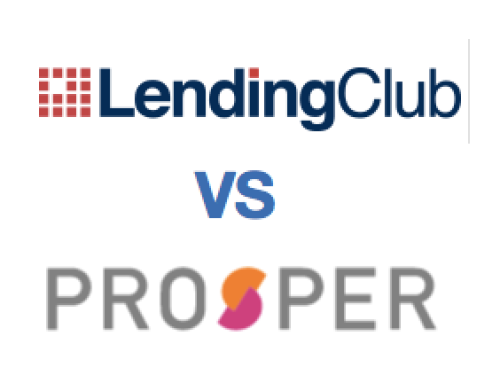
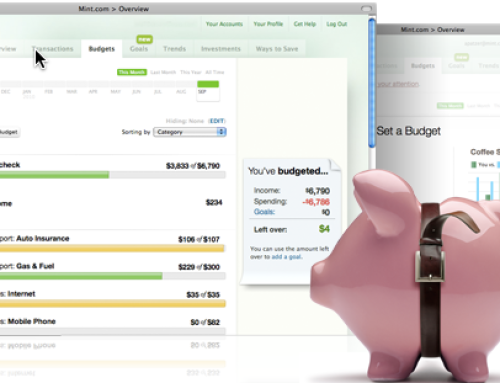
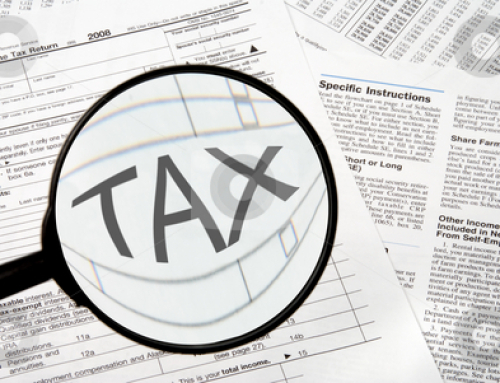
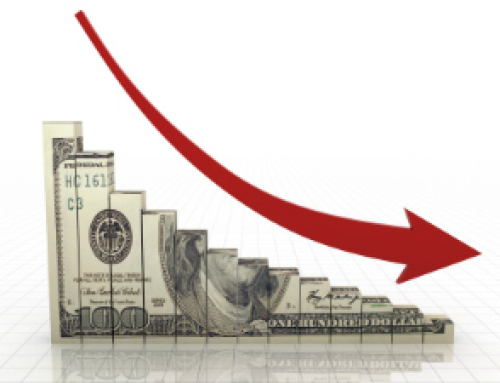
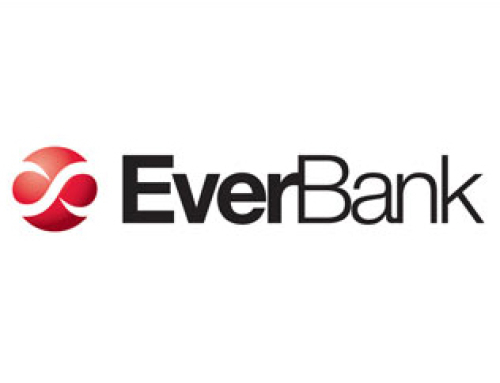







Follow Us